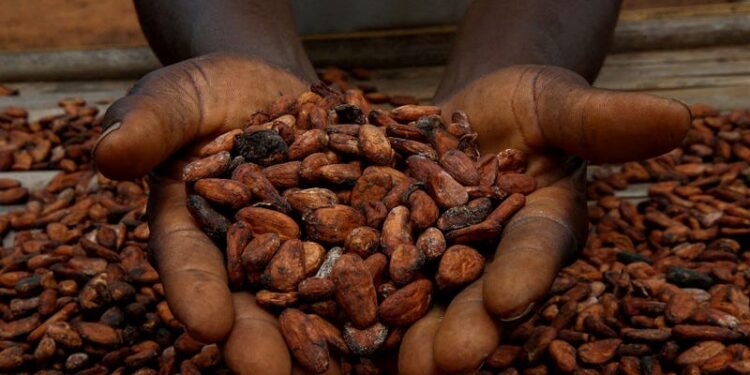Harsh weather in West Africa pushes Cocoa prices higher amid supply concerns

Cocoa prices experienced a significant increase over the past week due to weather concerns in West Africa.
The cash crop bounced from its 52-week low last week at the New York Exchange to settle at $7420 per ton. Cocoa traded at a record high in December 2024 when it spiked to $12,646 per ton.
In Ivory Coast, excessive rainfall has disrupted cultivation and slowed the movement of cocoa from farms to ports.
In Ghana and Nigeria, lack of rainfall has caused pods to wither, damaging some crops.
- Cold & dry conditions have also raised the threat of black pod disease in those regions.
Rainfall has been unusually low: the past 60 days are the driest since 1979 for cocoa‑growing parts of West Africa. This is before the main crop (starting around October), meaning pod retention on trees could suffer.
Mid‑crop forecasts for Ivory Coast: expected output is about 400,000 metric tons, which is ~9% less than last year’s ~440,000 MT.
Inventory levels are tight: ICE‑monitored cocoa stocks in U.S. ports fell to a four‑month low (about 2,115,411 bags) recently.
Also, companies in the chocolate industry are seeing impacts: Lindt & Sprüngli cut margin guidance; Barry Callebaut lowered full‑year sales volume forecasts because of high cocoa prices.
Key Implications
Supply is under pressure from multiple angles: weather (too much rain in some places, too little in others), disease, and weakened crop quality.
Prices are likely to stay elevated unless weather improves and disease is controlled.
Chocolate producers might pass on the cost increases to consumers, or reduce volumes or margins.
Harvest forecasts for Ivory Coast and Nigeria are likely to be revised downward if conditions persist.
